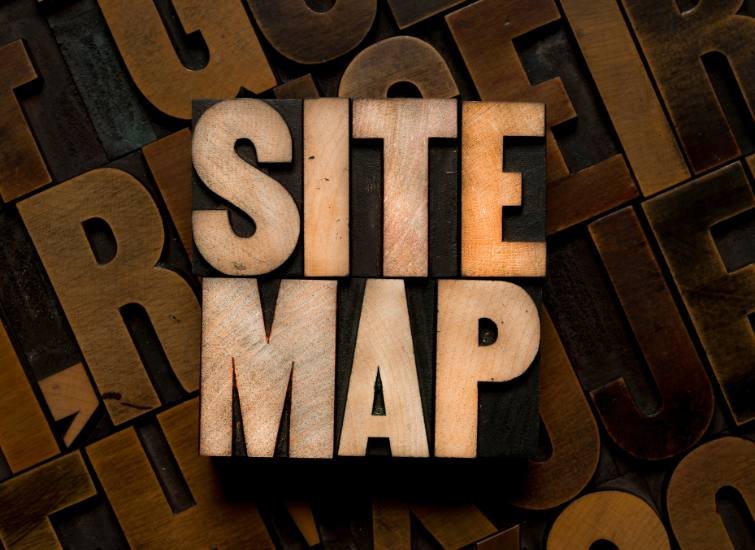In the vast digital landscape, captivating visuals aren’t merely decorative ornaments; they’re potent weapons wielding the power to drive click-throughs, ignite engagement, and ultimately, propel your website towards online success. Yet, unleashing their full potential often requires harnessing a hidden weapon: the image sitemap. Mastering this SEO tool can transform your images from invisible treasures to gleaming search engine stars, propelling your website to the top of Google’s ranks.
So, what exactly is an image sitemap? Imagine it as a detailed treasure map for search engines like Google, guiding them directly to your website’s hidden image gems. It’s not just a list of URLs; it’s a treasure trove of information, revealing each image’s title, caption, location, and even context. By equipping search engines with this extra SEO intel, you’re essentially opening doors, allowing them to understand your images, recognize their relevance, and boost their visibility in search results.
Unleash the Power of Image Sitemaps?
Consider the vast, bustling universe of the internet. Without a map, your stunning product photos or captivating infographics could be lost in the digital ether, invisible to the searching eyes of potential customers and readers. An image sitemap acts as a beacon, drawing search engines’ attention to your visual assets and putting them front and center in relevant searches.
Here’s how an image sitemap unlocks a world of SEO possibilities:
- Skyrocket Visibility: Picture your vibrant product images or engaging infographics appearing in Google Images, attracting clicks and driving qualified traffic directly to your website. An image sitemap makes this dream a reality, increasing your discoverability and transforming casual scrollers into loyal customers.
- Rise in Rankings: Search engines crave context and relevance. The rich information embedded in your image sitemap helps them connect your images to your website’s content, potentially boosting your overall ranking in both image and regular search results. Say goodbye to buried treasures; your visuals will bask in the spotlight of relevant searches.
- Unearth Hidden Gems: Images embedded in dynamic content or hidden behind forms often remain invisible to search engine crawlers. An image sitemap acts as a searchlight, unearthing these hidden gems and ensuring they receive the recognition they deserve. No more valuable visuals languishing in obscurity!
- Enrich User Experience: Descriptive titles, captions, and alternate text in your image sitemap elevate the user experience. Search engines can leverage this information to display relevant image previews and snippets, making it easier for users to find the content they’re seeking. Happy users translate to higher engagement and loyalty.
Is an Image Sitemap Essential for Every Website?
While not mandatory, it’s a powerhouse tool for websites with a significant image presence, particularly in industries like:
- Ecommerce: Showcase your products in all their glory, dominate image search results, and watch your conversion rates soar.
- Photography: Get your portfolio noticed by the right clients, maximize image discoverability, and build your dream career.
- Blogging: Make your infographics and visual content shine, boost engagement, and establish yourself as a thought leader.
- News & Media: Increase the visibility of your captivating imagery, attract readers, and become a go-to source for information.
Ready to Claim Your SEO Victory? Your Image Sitemap Action Plan
Excited to unleash the power of image sitemaps for your website? Here’s your action plan:
- Gather your image URLs: Compile a list of all image URLs on your website. Tools like Screaming Frog or website crawlers can automate this process.
- Craft your image sitemap: Choose a platform or tool like Screaming Frog’s Sitemap Generator or Yoast SEO to generate your XML sitemap file. Ensure it adheres to the official format and includes vital details like title, caption, and location.
- Submit your sitemap: Upload your image sitemap to Google Search Console and verify your website ownership. This allows Google to crawl and index your images based on the information you provided.
Remember, an image sitemap is just the first step on your image SEO journey. To truly optimize your visuals, focus on high-quality images, descriptive filenames, and relevant alt text. Additionally, building backlinks and promoting your images on social media can further amplify their reach and impact.
By optimizing your image sitemap and harnessing the power of visual content, you’re not just improving SEO; you’re creating a compelling online experience that attracts, engages, and converts. So, unlock the hidden potential of your images, equip yourself with the image sitemap weapon, and watch your website climb the ranks of Google’s search results.


